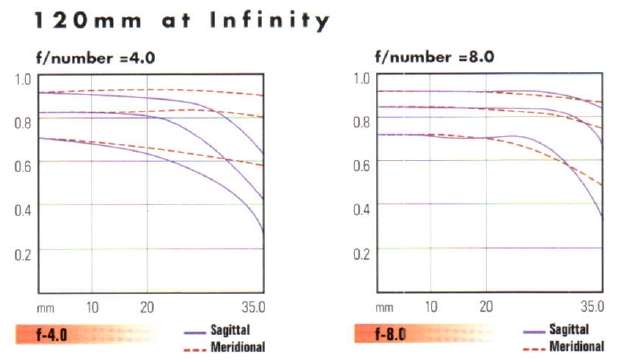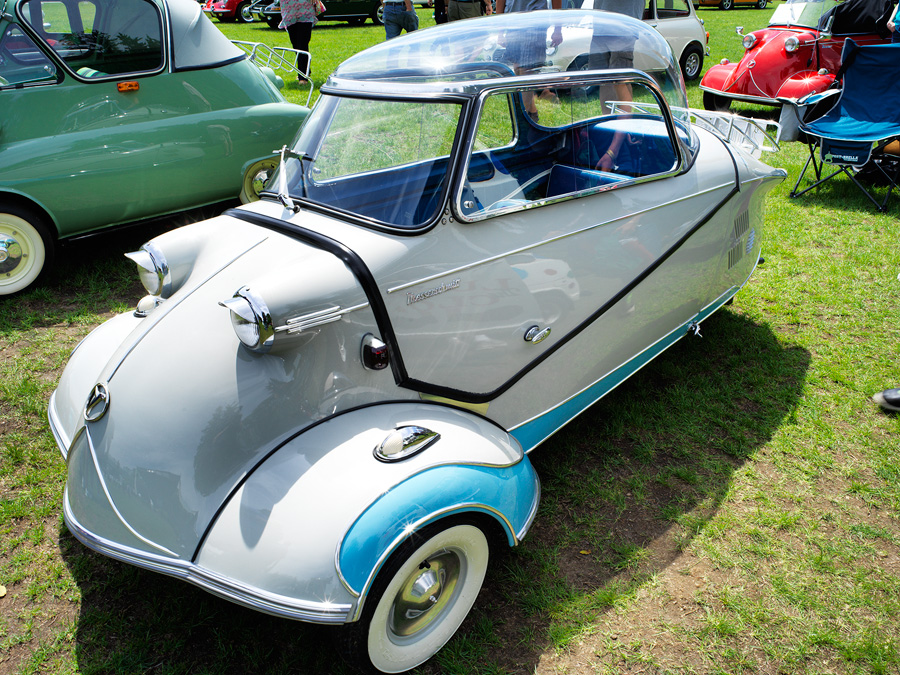I tried it with a 50 and and a 80mm. I also tried it again with the dedicated CFV50 screen and it is out the same amount. I hear you on their return policy but unfortunately I only have the back for a week so that won't help me much, I have to use one of my NC-2 45 degree prisms for verts, not ideal but kind of works I guess.
To be honest I think someone pulled a fast one on KEH and swapped the glass out of a heavily corrected diopter and put it in the mint zero correction eyepiece, otherwise this makes no sense at all, it seriously looks unused. Back it goes for sure.
On initial testing the back seems to work well with most of my lenses, even the 80 has a nice look wide open, the 350 plus the 1.4 converter work surprisingly well wide open. One issue I have had though is that unlike my previous 500 CM bodies, the 501 CM's have a pretty stiff shutter actuation when using a cable release, so it induces more camera shake than I like and now I see that confirmed when using slow speeds on longer glass even using the mirror pre-release. This is nothing on the back, I just need to send each body in one at a time to have David Odess adjust one or both of them to take far less release pressure.
The back itself seems good, is fun and pretty straight forward to use although live view is a bit menu buried. Wish it had came with more than one battery though, maybe that is Hasselblad's way of keeping the click count down, lol! I am pretty sure the 12V charger from my Leica M240 will work since it uses the same plug, that means I can solar charge it on my camper while in the field. It only weighs 100 grams more than a loaded A-12 back which is nice.
The main thing the back and the kit has to do is in an overall sense at least equal my Nikon D810 with my better glass and it seems to. The goal here is for me to use the system I prefer to use for fine art in using much preferred black and white film and yet still be able to quickly put on a digital back and get an ad shoot done. The Nikon system just does not allow for that very easily since the negatives are no where near the size I need for quality darkroom prints. So far it looks like the CFV50c may solve that....
Now for the big shoots, a stringed quartet for an ad and a huge 14,000 x 40,000 pixel mural for a private commission.....





